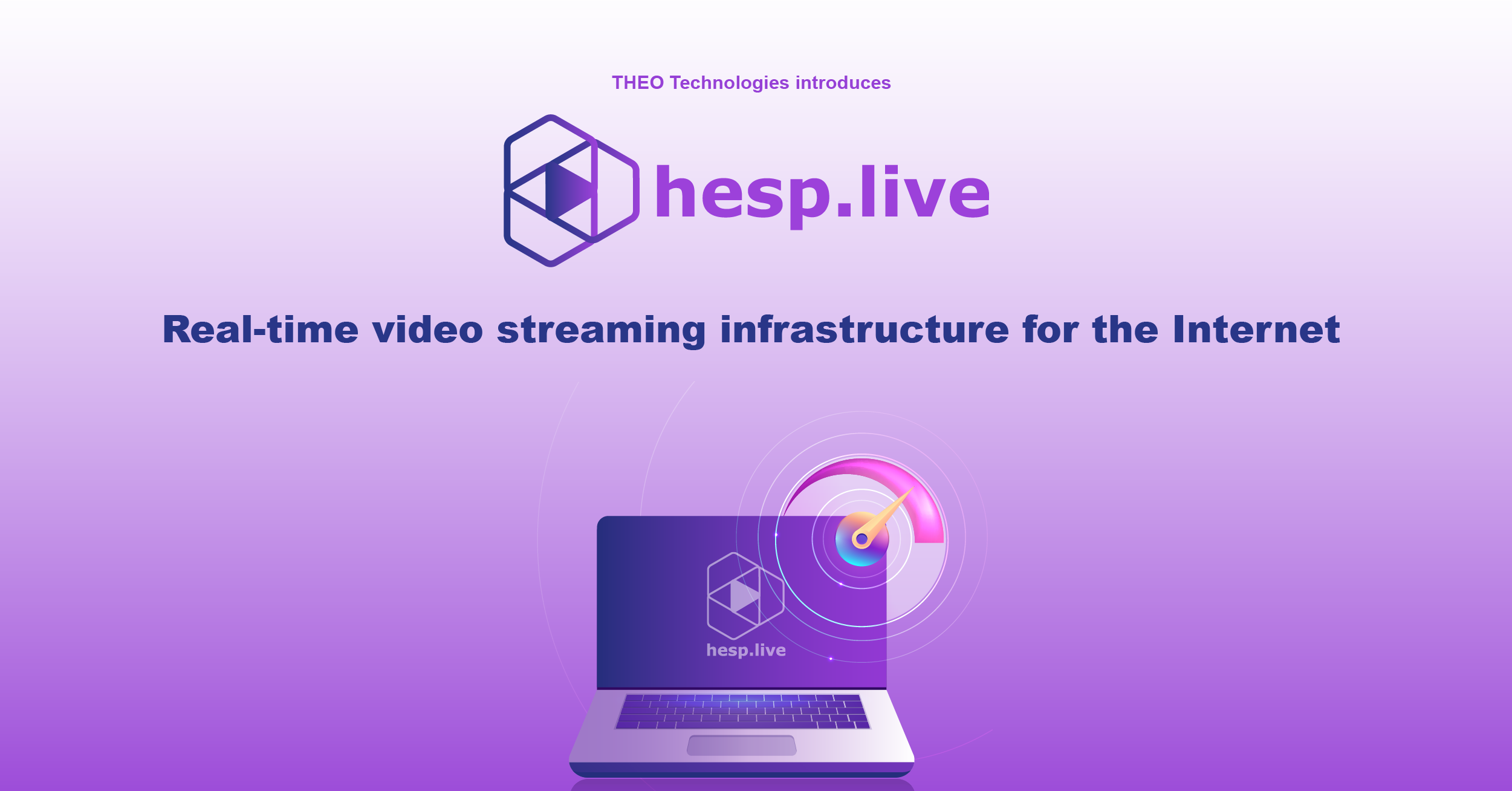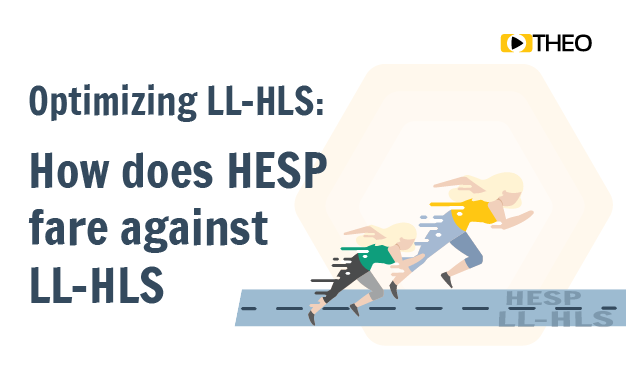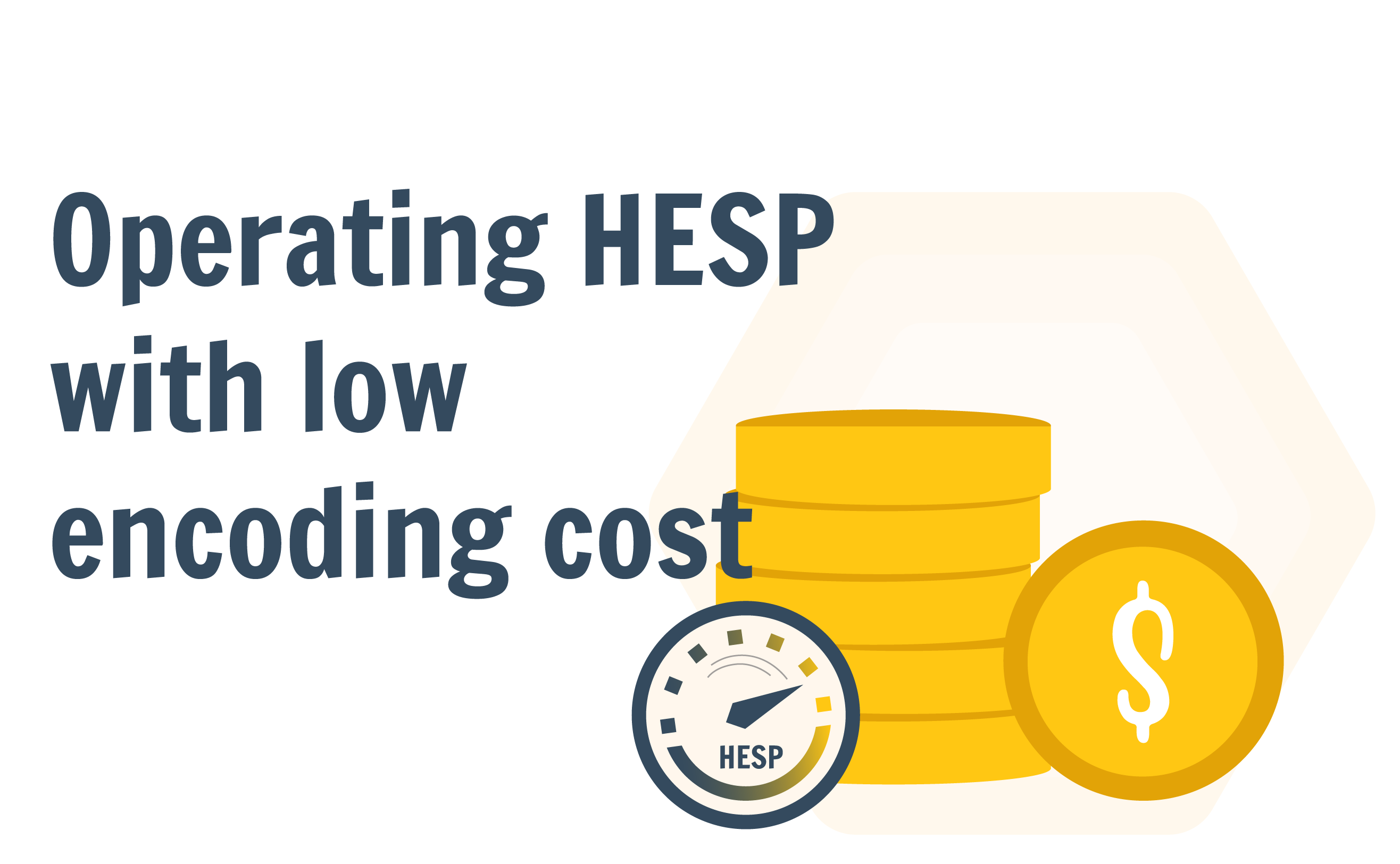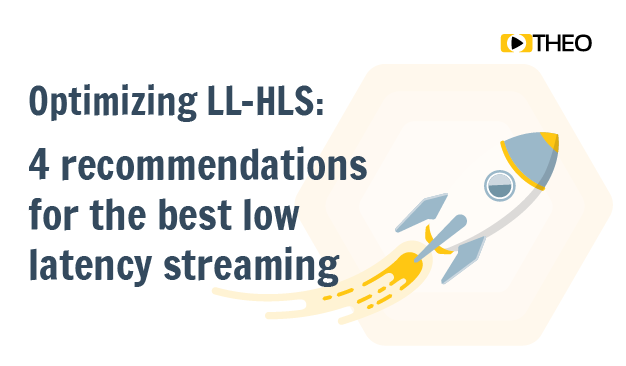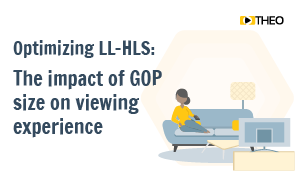THEOlive - How to customize your THEOlive NPM player
by Alberto Nantiat on June 14, 2022
We explained how to play back THEOlive streams on your web page by using the embed script in our developer documentation. This allows you to get started with real-time streaming at scale very quickly and provides you with a number of options for customizing your THEO live player, such …
THEOlive product update - Viewer insights available for your live streams
by Alberto Nantiat on June 14, 2022
We’re excited to announce the launch of a highly requested feature: Viewer insights. Anyone can now get analytics of viewers watching their live stream. Curious to see when viewers have joined or left during your live stream? Do you want to know where your viewers are located, what th …
THEOlive - The first HTTP-based Real-Time video API at Scale
by Bart Van Oosterhout on June 14, 2022
We have questioned our technology partners, clients and peers about their greatest video and streaming challenges and live low latency at scale was seen as the number one priority. Low latency solutions are in high demand, especially for online betting, auctioning, live sports, gaming …
Game-changing innovations and future trends in the TV industry
by THEO Technologies on April 29, 2022
Moderator Will Garside kicks this panel debate off by saying that innovation is the life blood of our industry, and we couldn't agree more. Hyperpersonalization is a topic that our panel brings up, and we're definitely not the first ones to mention that AI will transform which video c …
PRESS RELEASE: HESP Alliance demonstrates five HESP-ready solutions at NAB Show 2022
by Bart Van Oosterhout on April 19, 2022
Leuven, Belgium – April 19, 2022 – The HESP Alliance will showcase five HESP-ready solutions at NAB Show 2022. These solutions leverage the High-Efficiency Streaming Protocol (“HESP”) and are pioneers in adopting this disruptive protocol. The HESP Alliance demonstrates these solutions …
Optimizing LL-HLS: How does HESP fare against LL-HLS?
by Negar Hajihoseini on October 20, 2021
In the previous blog, we’ve covered the 4 key factors affecting the quality of low latency streaming experience when utilising Apple's LL-HLS protocol. Additionally, we have also discussed the importance of GOP size and its impacts on the overall viewing experience and provide 4 recom …
Operating HESP with low encoding costs
by Pieter-Jan Speelmans on October 6, 2021
The High Efficiency Streaming Protocol (HESP) comes with a lot of advantages. It allows for sub second latency over standard HTTP CDNs (and the cost to scale benefit they bring), with unrivalled channel change times. The high QoE HESP delivers is the result of it’s main difference wit …
Optimizing LL-HLS: 4 Recommendations For The Best Low-Latency Streaming
by Negar Hajihoseini on September 22, 2021
In the previous blog, we’ve covered the 4 key factors affecting the quality of low latency streaming experience when utilising Apple's LL-HLS protocol. Additionally, we have also discussed the importance of GOP size and its impacts on the overall viewing experience. In this blog, we w …
Optimizing LL-HLS: The Impacts of GOP size on Viewing Experience
by Negar Hajihoseini on September 14, 2021
In the previous blog, we’ve covered the 4 key factors affecting the quality of low latency streaming experience when utilising Apple's LL-HLS protocol. In this blog, we will take a dive into the importance of Group of Pictures (GOP) and its impacts on the overall viewing experience. A …




